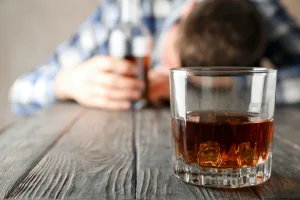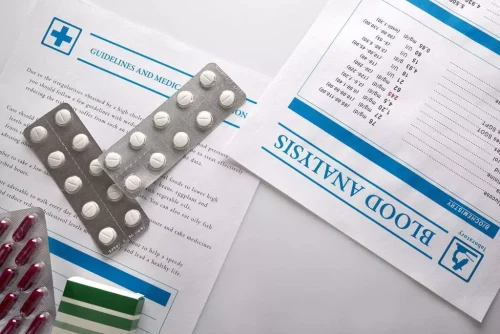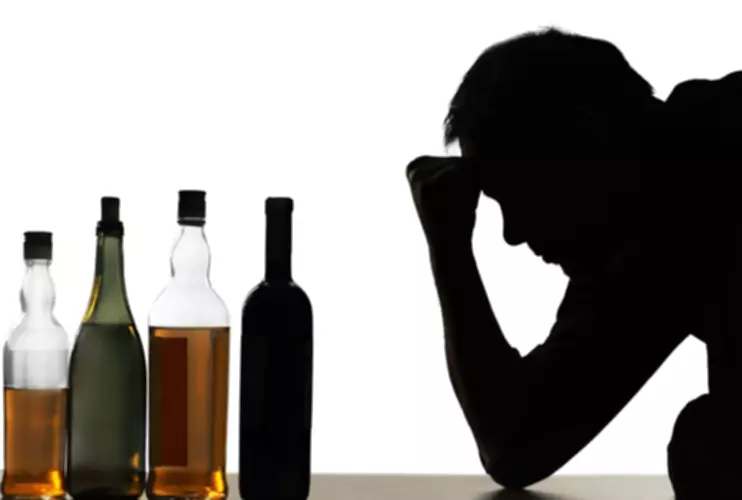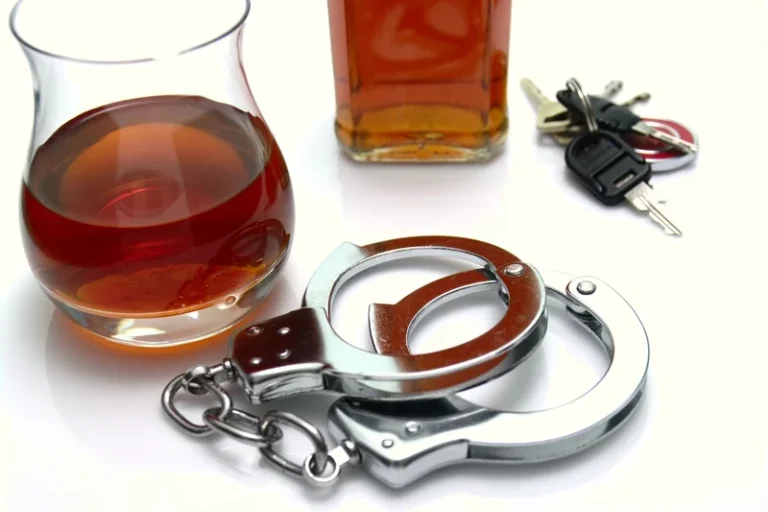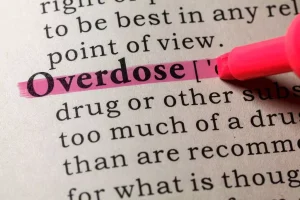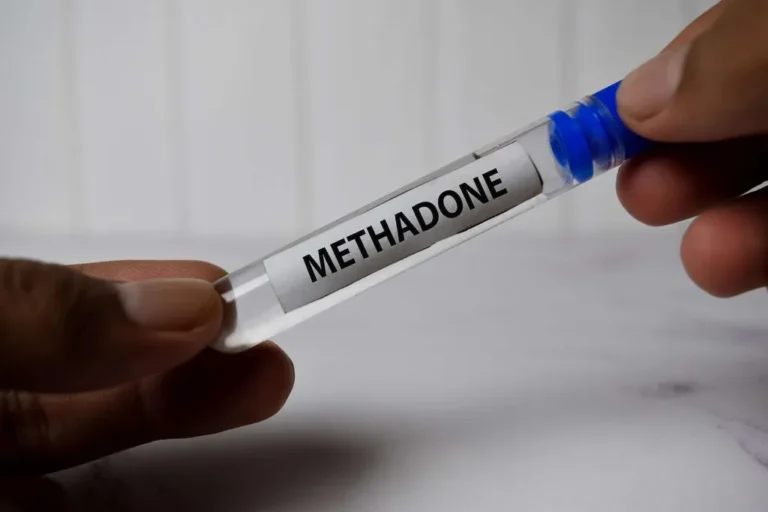
Students who begin drinking while underage, including during social events in college, put themselves at risk of a lifetime of harm. When you’re slamming shots, posing for drunken selfies, or trying to win a round of beer pong, it’s easy to miss or ignore the fact that you may have a real problem. In college, drinking to excess can seem like a normal part of the experience—a traditional rite of passage. Many college students regret their experiences of binge drinking on campus, in nearby bars, or various other off-campus settings. With regard to assessing the number of college students who die from alcohol each year, in addition to the lack of college identifiers in datasets, another barrier is the fact that levels of alcohol often are not measured in nontraffic fatalities.
- High levels of alcohol in the body suppress vital bodily organs and systems as they struggle to expel toxins.
- Even a so-called “high-functioning alcoholic” can eventually have their life spiral out of control.
- NIAAA uses the four or more/five or more gender-specific measure but specifies a time frame of 2 hours for consumption, as this would generate blood alcohol levels of roughly 0.08 percent, the legal limit for driving, for drinkers of average weight (NIAAA 2004).
- Generally, drinking is one of the most common social activities that students perceive as a normal part of their college experience.
- Measuring the true scope of medical treatment for alcohol overdoses among college students is difficult for several reasons.
Research shows that students who abstain from drinking often do so because their parents discussed alcohol use and its adverse consequences with them. During these crucial early weeks, parents can do a number of things to stay involved. Boston University established the AlcoholEdu for College program, which requires all college freshmen to be aware of high-risk https://sober-home.org/ drinking situations. Known as the “good cop-bad cop approach”, this program was implemented in collaboration with law enforcement officials who were tasked to track down fake IDs for underage students and ban older students from purchasing alcohol on behalf of adolescents. One of the disciplinary measures for students who are caught in the loss of scholarship.
College Drinking Prevention
Even a so-called “high-functioning alcoholic” can eventually have their life spiral out of control. Plus, alcoholism puts you at greater risk of developing other types of addictions, including behavioral ones. Since alcohol interferes with sleep so much, some college students turn to sleeping pills. If you take alcohol with sleeping pills, you significantly increase your risk of having a terrible accident, ending up in intensive medical care, or dying.

Many students cannot remember what they did, where they were, or who they were with after a night of heavy drinking. According to the NIAAA, each year in the U.S., roughly 1,825 college and university students (aged 18 to 24) die from accidental injuries related to alcohol consumption. Being highly inebriated makes it harder to maintain balance and coordinate your movements. So the risk of personal injury increases significantly with each new drink you have within a short period of time. It is widely held that sexual assaults, with and without alcohol involvement, are underreported on college campuses. Title IX of the Education Amendments Act of 1972, a Federal civil rights law, requires universities to address sexual harassment and sexual violence.
Indiana State University’s Alcohol Awareness Handbook says that just one night of binge drinking can negatively affect your mind and body for as many as three days afterward—even when you no longer have a hangover. That’s probably why the NIAAA found that about 25 percent of college and university students have had academic problems related to alcohol use. Many college drinkers miss classes, fall behind on their assignments, and receive poor grades on exams. In addition, some students who binge drink engage in out-of-character behavior such as vandalism, theft, fighting, driving under the influence, or other types of criminal activity. (The legal consequences can be enormous.) Being highly intoxicated also makes it more likely that you’ll have unprotected sex, which can lead to unwanted pregnancy, sexually transmitted diseases, or lasting psychological harm.
Drink Equivalencies
Parents can use this information to talk with their graduates about alcohol before graduation celebrations begin. It’s a chronic relapsing brain disease characterized by compulsive alcohol use, loss of control over alcohol intake, and a negative emotional state when not using. It’s common for people who consume large amounts of alcohol to perform poorly on tests.
They may think opening sexually will help them find themselves or satisfy some need. They may be pressured by a boyfriend or girlfriend to become more active sexually. Not all students can develop plans and seek out positive adventures when they start to feel bored.
Rates and Consequences of College Drinking
Research shows that students who choose not to drink often do so because their parents discussed alcohol use and its adverse consequences with them. Unfortunately, although the standard drink (or alcoholic drink-equivalent) amounts are helpful for following health guidelines, they may not reflect customary serving sizes. A large cup of beer, an overpoured glass of wine, or a single mixed drink could contain much more alcohol than a standard drink. In addition, the percentage of pure alcohol varies within and across beverage types (e.g., beer, wine, and distilled spirits).
According to NIAAA, binge or impulsive drinking is a type of drinking pattern that generates a blood alcohol concentration (BAC) of 0.08g/dL or above the regular driving limit. Most college students don’t mind going out to take a breather or celebrate after conquering particularly heavy challenges, such as major examinations. There is nothing wrong with that but then again, it pays for every student to be aware of the unhealthy levels of alcohol consumption and their ill effects on the brain. For years, unwarranted alcohol consumption has been causing one of the predominant public health issues in the United States. Excessive drinking has created a massive effect on the health and social behavior in the country, including that of college students.
What’s the Difference Between Binge Drinking & Heavy Drinking?
Consuming several servings of alcohol during one occasion can lead to acute physical harm, including alcohol poisoning. Drinking too much too often can lead to physical tolerance, alcohol dependence, addiction, and internal damage, especially to the liver. The younger a person is when they start consuming alcohol, the more likely they are to struggle with alcohol abuse or addiction later in life.
The student may soon feel like they cannot participate in social events normally, or feel normal during the day, without consuming some alcohol; then, the student may quickly lose control over how much alcohol they consume because they are used to binge drinking. The higher your blood alcohol concentration (BAC), the less eco sober house price control you have over your mental faculties. Those are some important reasons why, each year in America, roughly 696,000 college students (aged 18 to 24) become victims of alcohol-related assault. The NIAAA states that roughly 96,000 students in this age group become victims of alcohol-related date rape or sexual assault.
NIAAA College Materials
Many college students still have developing brains, and heavy alcohol use can lead to lasting physical, emotional, or mental damage. Booze-filled parties are almost considered synonymous with young people having fun in college these days. But in the blink of an eye, college drinking can turn into college alcoholism and long-term implications for a young adult who has their whole life ahead of them. Compared to other commonly abused substances such as MDMA, amphetamines, and various narcotics, alcohol is much more freely available, thanks to its legal status.
Alcohol also thins the blood, making it more difficult to stop bleeding in a person who has been injured. Alcohol abuse is a common feature of the college “party culture,” as we can see in movies, on TV, and in the news with regularity. Talking with high school graduates about alcohol now could prevent serious problems later.
NIAAA uses the four or more/five or more gender-specific measure but specifies a time frame of 2 hours for consumption, as this would generate blood alcohol levels of roughly 0.08 percent, the legal limit for driving, for drinkers of average weight (NIAAA 2004). Consequences of college drinking include missed classes and lower grades, injuries, sexual assaults, overdoses, memory blackouts, changes in brain function, lingering cognitive deficits, and death. This article examines recent findings about the causes and consequences of excessive drinking among college students relative to their non-college peers and many of the strategies used to collect and analyze relevant data, as well as the inherent hurdles and limitations of such strategies. Survey data indicate that males outpace females with regard to binge drinking.



